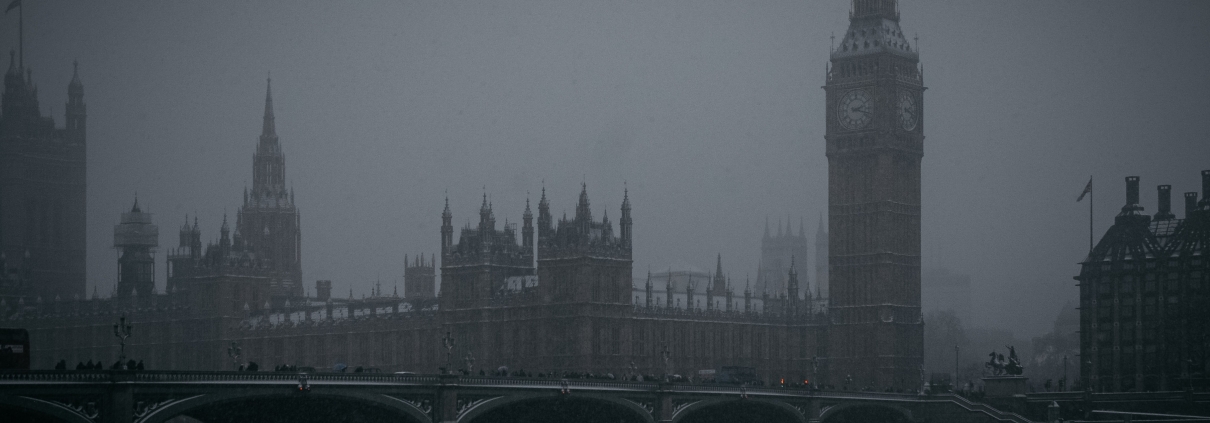Air pollution history: The Great Smog of London
The Great London Smog of 1952 (also just called the Great Smog) was an environmental disaster of unprecedented severity as a result of critical air pollution. Its impact ultimately served as a turning point in enacting the first air quality legislation in the United Kingdom and paved the way for future environmentalism.
What was the Great Smog of London?
On December 5, 1952, fog descended upon the city of London. This was not unusual, as it was winter, and the capital was known for its misty weather. However, the fog later turned into smog as a result of mixing with smoke from coal-burning factories and chimneys, and diesel-fueled automobiles and buses. London had experienced these types of smog before. They were called “pea-soupers” due to their yellowish-brown appearance. Today, pea-soupers are known as sulphurous smog or “London smog”. These result from a high concentration of sulphur oxides (SOx) in the atmosphere from fossil fuels high in sulphur, such as coal. They are exacerbated by dampness and particulate matter (PM): water vapour would stick to the released particulates and produce thick and dark clouds that impaired visibility.
The reason why the events of December 5, 1952 became known as the Great Smog of London was due to a variety of factors. The city already had a history of smog, starting as early as the 13th century because of coal burning. Air pollution only got worse as London continued to expand. In the 1600s, King James I passed legislation to curb the issue in response to complaints made by citizens, but it was ultimately ineffective. Conditions were only further exacerbated by rapid industrialization in the late 1700s. This all came to a head in the 1900s with the Industrial Revolution. The increase in domestic hearths and factories led to a surge in emissions. During this time, smogs in the capital could last up to a whole week, and related deaths were even being reported on gravestones. However, the Great Smog of London was of an unprecedented severity compared to all the ones before due to temperature inversion. This is a meteorological phenomenon that occurs when cool air is trapped at the ground under a layer of warm air. The temperature inversion happened on December 5 because of an anticyclone, a high-pressure weather system that stalled over the city. As a result, the sulphurous, rotten-egg smelling coal smoke was trapped near ground level, with no wind to disperse the smog.
Ultimately, rampant air pollution, the lack of prior legislation, and temperature inversion was what caused the smog to last for five days. It was so severe that in certain parts of the city, pedestrians were unable to see their own feet. All surface forms of transport such as flights, boats, and trains were brought to a halt except for the London Underground. Many abandoned their cars on the streets. Weekend soccer games, indoor plays, movie theatres, and concerts were cancelled due to lack of visibility. Crime levels spiked: looting, burglaries, and purse snatchings were easily conducted as the criminals vanished into the smog.
When the fog finally lifted on December 9, the total number of casualties was 4,000. During its duration, there was an increase in hospitalizations relating to bronchitis and pneumonia, and even cattle from Smithfield, a district in central London, reportedly choked to death. The effects of the smog were long-lasting, however, and present-day experts now put the total death toll at 12,000.
In the aftermath, it was clear that London’s air pollution problem could no longer be ignored. The Clean Air Act of 1956 was established four years later with the aim of reducing smoke pollution. Smoke-free areas were established throughout the city, the burning of coal in domestic hearths and industrial furnaces was restricted, and homeowners were offered grants for switching to heating sources other than coal such as oil, natural gas, and electricity. The change was gradual, however, with other smog incidents occurring like one in 1962 which killed 750 people. Despite this, the Clean Air Act is a major event in the history of air quality legislation and paved the way for improving public health in Britain.



